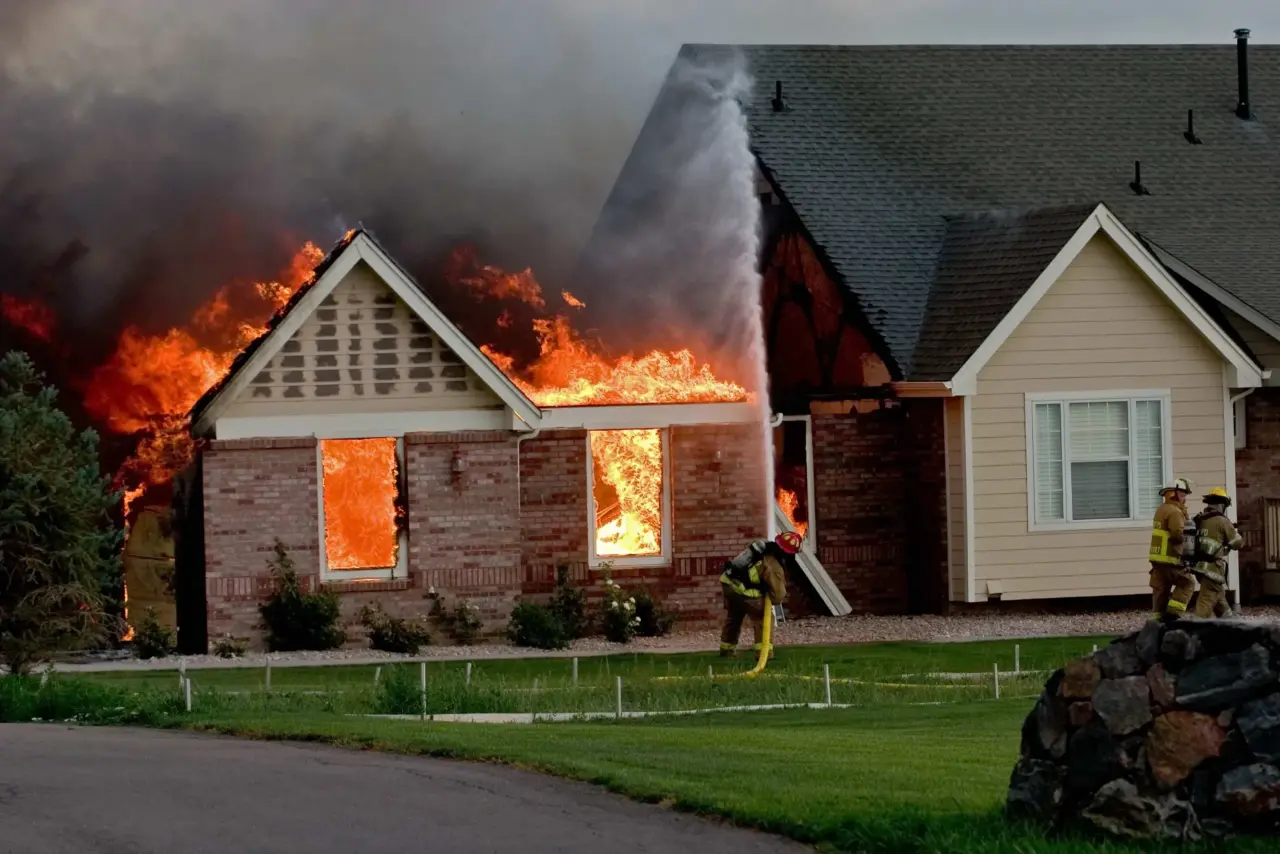Fire is a formidable force that can wreak havoc on properties and endanger lives if not properly mitigated and controlled. Whether you’re a homeowner, business owner, or property manager, it’s crucial to implement effective strategies to safeguard your investment and ensure the safety of all occupants. In this comprehensive blog post, we’ll explore essential fire mitigation and prevention strategies, empowering you to take proactive measures against this potential threat.
Understanding the Risks and Consequences
Fire is an ever-present danger that can strike without warning, and its consequences can be devastating. Beyond the physical damage caused to structures, fires can also lead to significant financial losses, disruptions to daily operations, and, most importantly, the potential loss of human life. Recognizing the risks and understanding the far-reaching impacts of fires is the first step in developing an effective mitigation and prevention plan.
Conducting a Comprehensive Fire Risk Assessment
Conducting a thorough fire risk assessment of your property is crucial before implementing any mitigation strategies. This assessment should evaluate potential fire hazards, identify vulnerable areas, and assess the adequacy of existing fire protection systems. You can prioritize your mitigation efforts and allocate resources effectively by identifying areas of concern.
Implementing Effective Fire Mitigation Strategies
Structural Reinforcement and Fire-Resistant Materials
One of the most effective fire mitigation strategies involves reinforcing your property’s structure with fire-resistant materials. This may include installing fire-rated doors, windows, and roofing materials and using non-combustible building materials like concrete, steel, or masonry. These measures can significantly slow the spread of fire, providing valuable evacuation and emergency response time.
Fire Detection and Suppression Systems
Early detection and rapid response are crucial in minimizing the impact of fires. Installing state-of-the-art fire detection systems, such as smoke alarms, heat detectors, and fire alarm panels, can alert you and emergency services to the presence of a fire in its early stages. Additionally, incorporating fire suppression systems, like sprinklers and fire extinguishers, can help contain and extinguish fires before they become unmanageable.
Emergency Preparedness and Evacuation Planning
Developing a comprehensive emergency preparedness and evacuation plan is essential for ensuring the safety of occupants in the event of a fire. This plan should include marked evacuation routes, designated assembly areas, and regular fire drills to familiarize occupants with the procedures. Maintaining up-to-date emergency contact information and communication protocols can also streamline the response process and minimize potential damage.
Promoting Fire Prevention through Education and Awareness
While implementing physical mitigation strategies is crucial, promoting fire prevention through education and awareness is equally important. Conduct regular fire mitigation training sessions for occupants, emphasizing the importance of fire prevention practices, such as proper storage and handling of flammable materials, maintaining clear exit pathways, and adhering to strict no-smoking policies.
Collaborating with Fire Safety Professionals
Effective fire mitigation and prevention often require the expertise of fire safety professionals. Consider partnering with experienced fire safety consultants, local fire mitigation departments, and risk management specialists to ensure compliance with all relevant fire codes and regulations. These professionals can provide valuable insights, conduct thorough inspections, and recommend tailored solutions for your property and needs.
Staying Proactive: Regular Maintenance and Updates
Fire mitigation and prevention are ongoing processes that require continuous vigilance and proactive maintenance. Regularly inspect and maintain your fire protection systems, ensuring they are functioning correctly and up to date with the latest industry standards. Additionally, stay informed about changes in fire codes, regulations, and best practices, and be prepared to adapt your strategies accordingly.
Secure Your Property with Prestige NW Restoration
Safeguarding your property from the devastating effects of fire requires a comprehensive approach and a proactive mindset. By implementing the strategies outlined in this blog post, you can significantly reduce the risk of fire-related incidents and ensure the safety of your occupants and assets.
If you’re in Washougal, Washington, or its surrounding areas, consider partnering with Prestige NW Restoration for all your fire mitigation and restoration needs. Our team of experienced professionals is dedicated to providing top-notch services and ensuring your property is protected against the ravages of fire.
Get in Touch
Don’t let the fire catch you off guard. Contact Prestige NW Restoration today at (360) 334-3624 to schedule a consultation and take the first step toward comprehensive fire mitigation and prevention strategies tailored to your needs. Protect your property, safeguard your investment, and ensure the safety of your occupants with our expert guidance and solutions.



